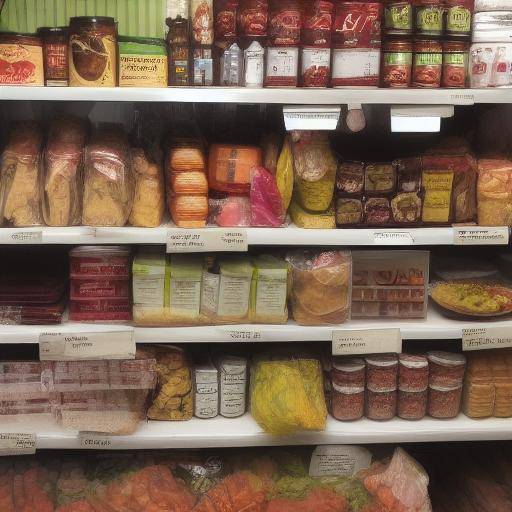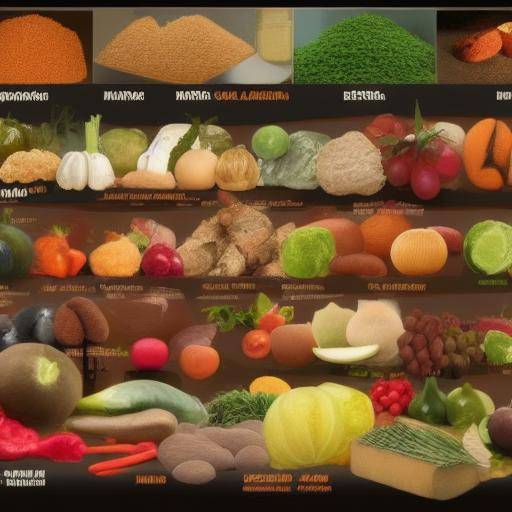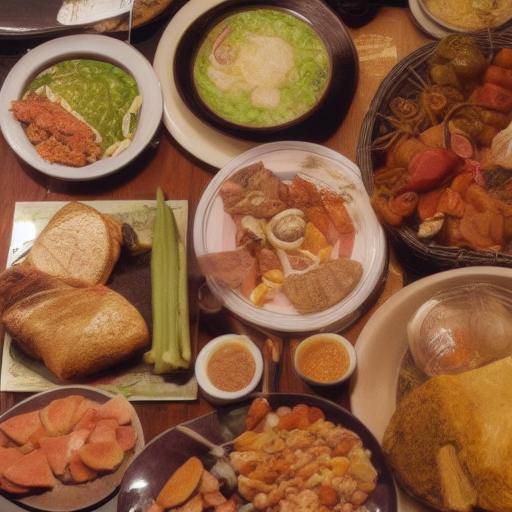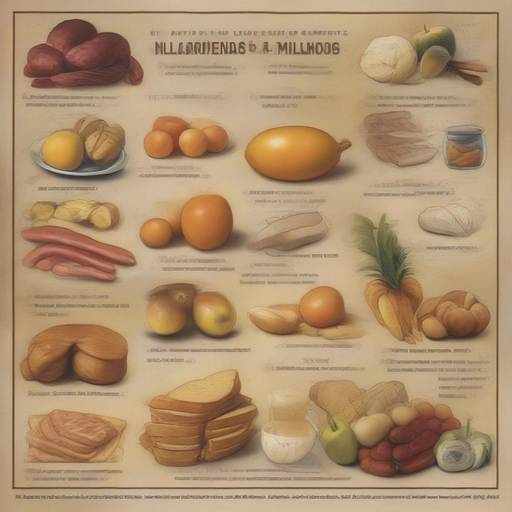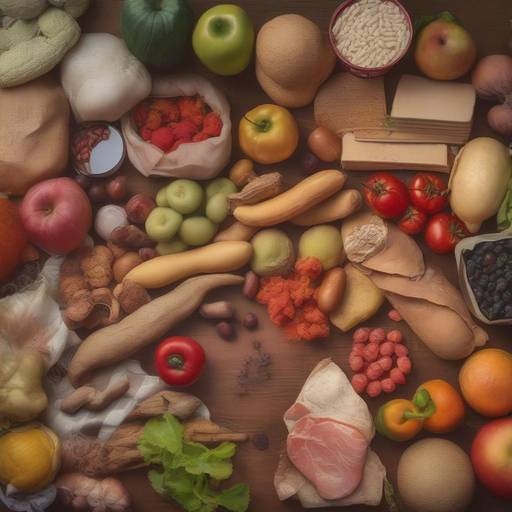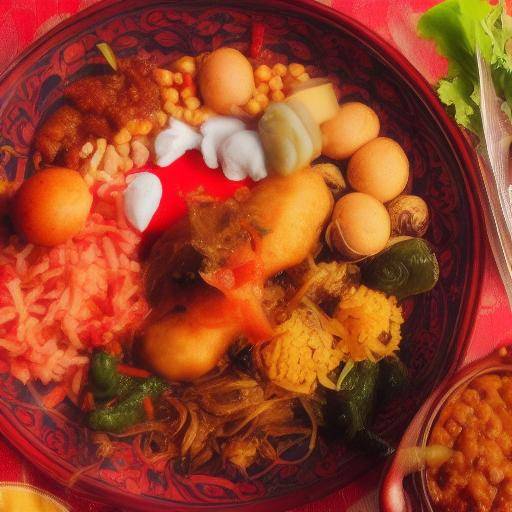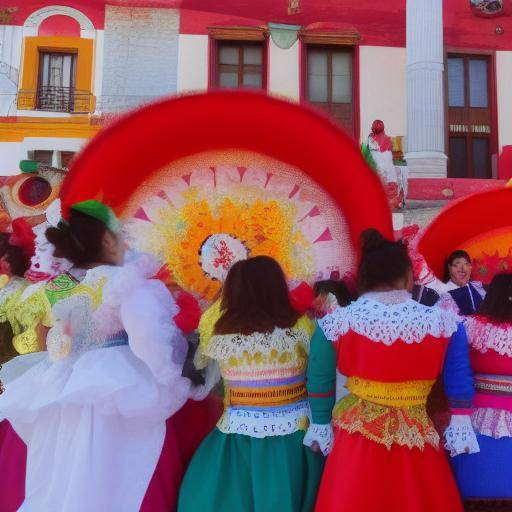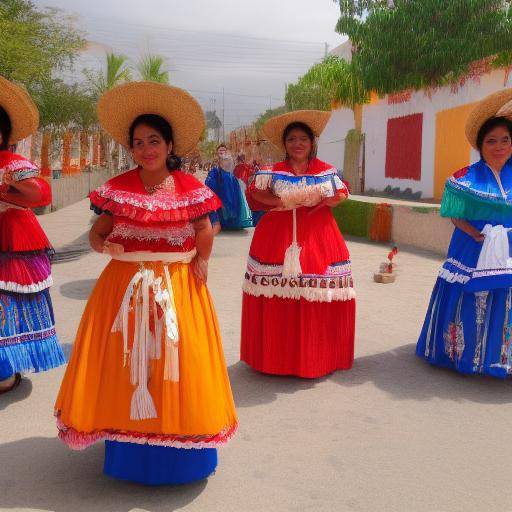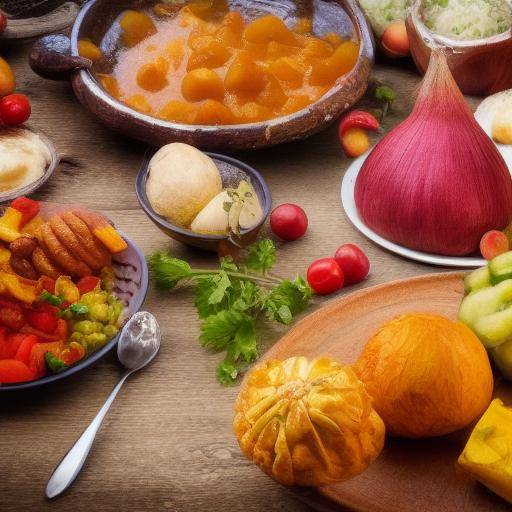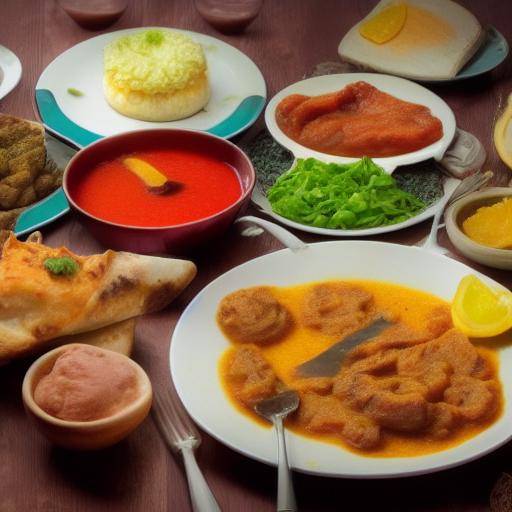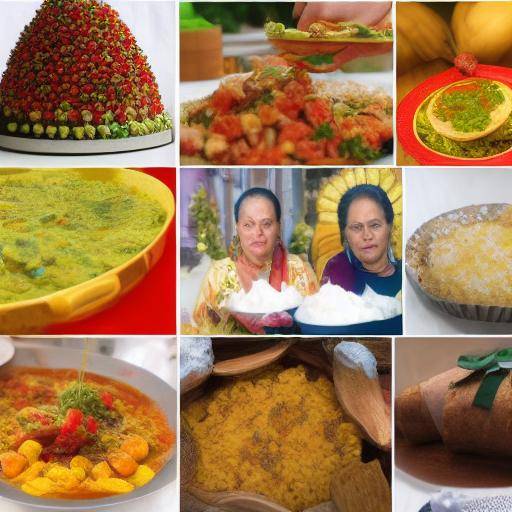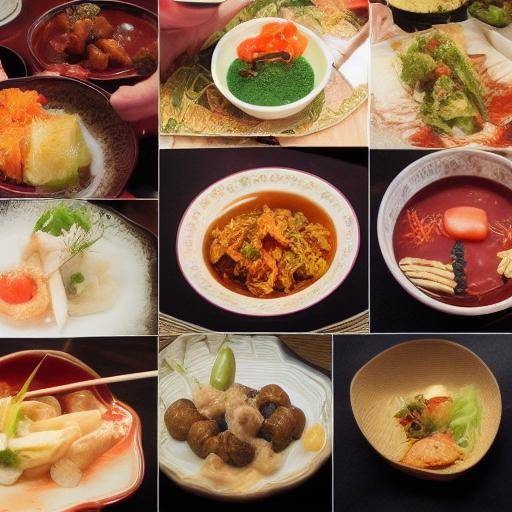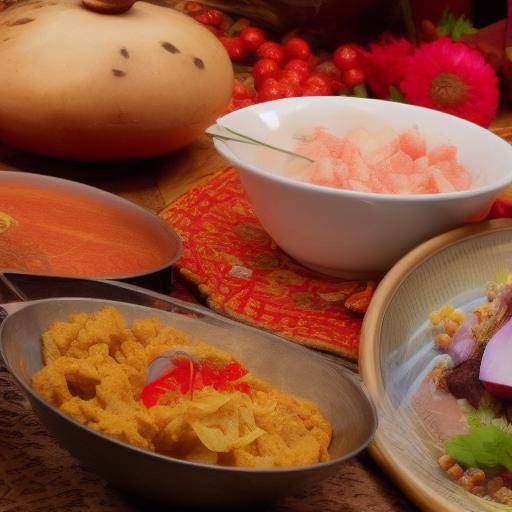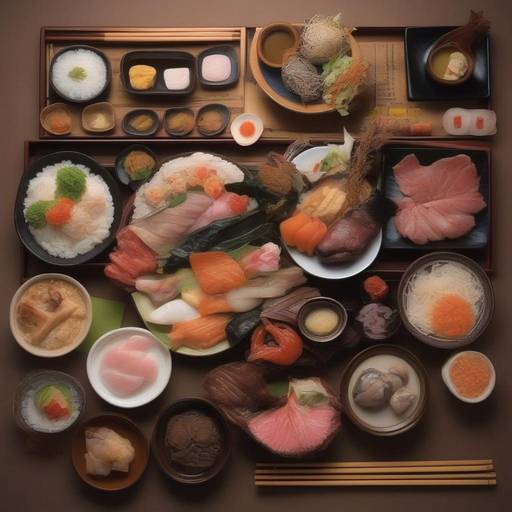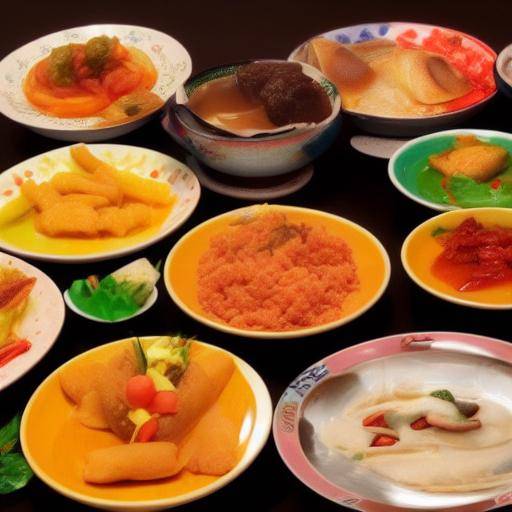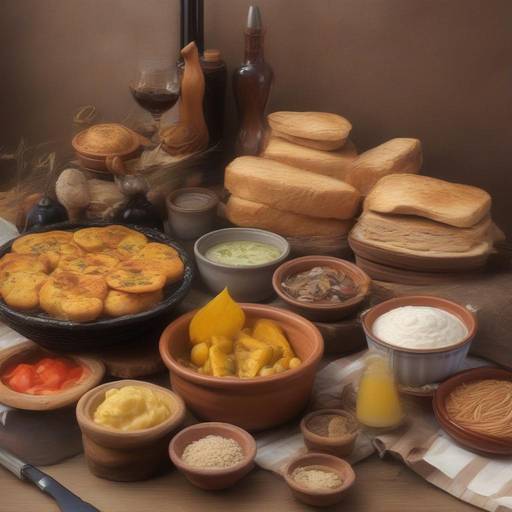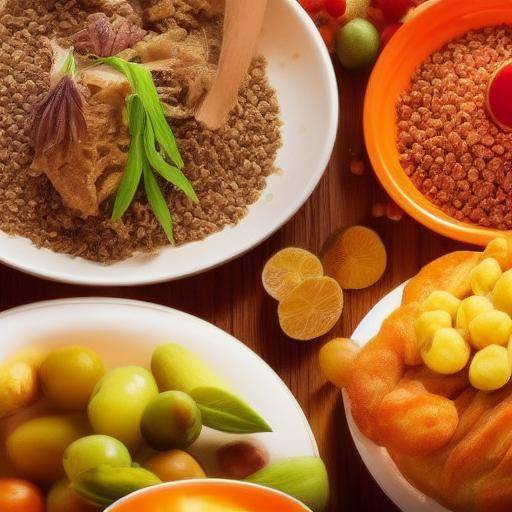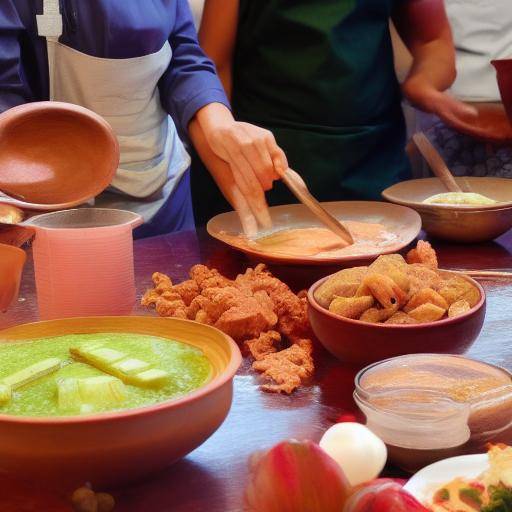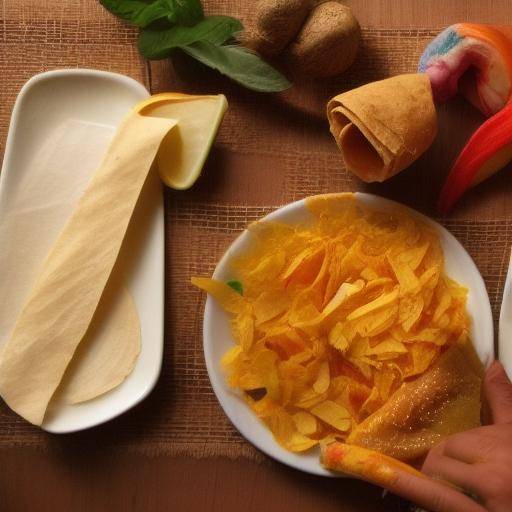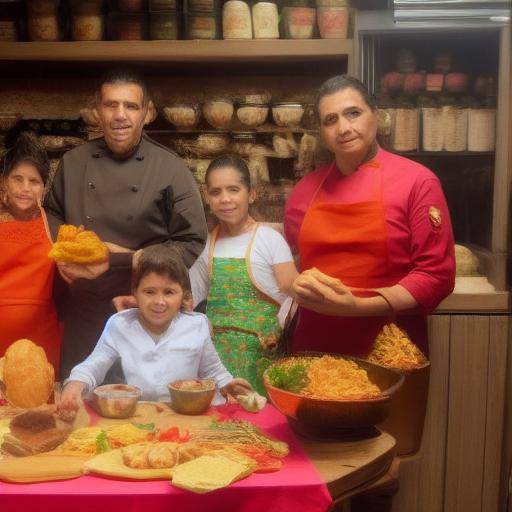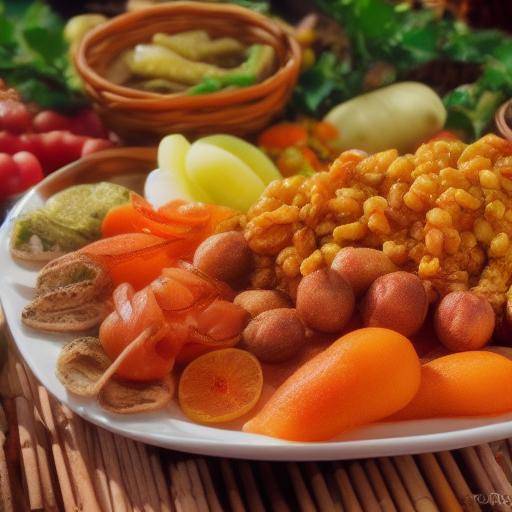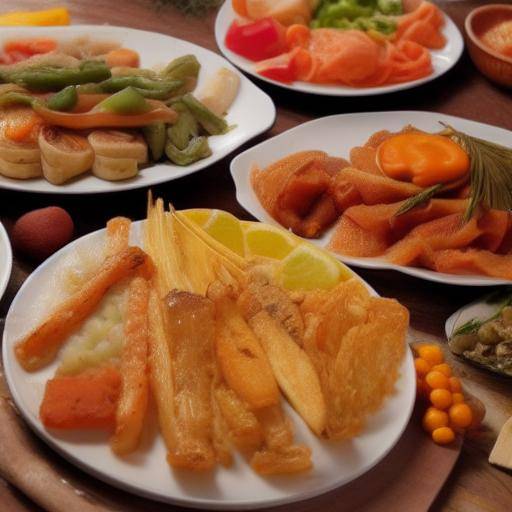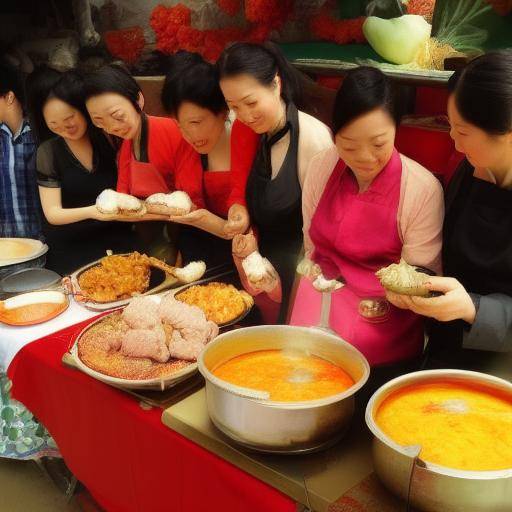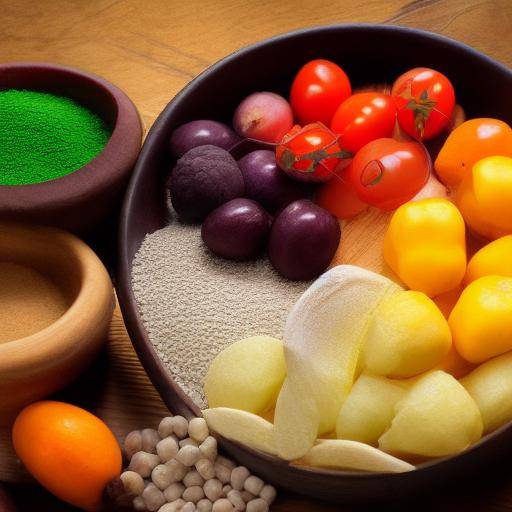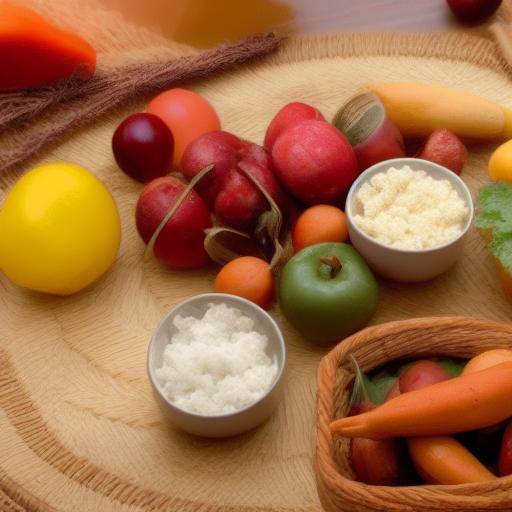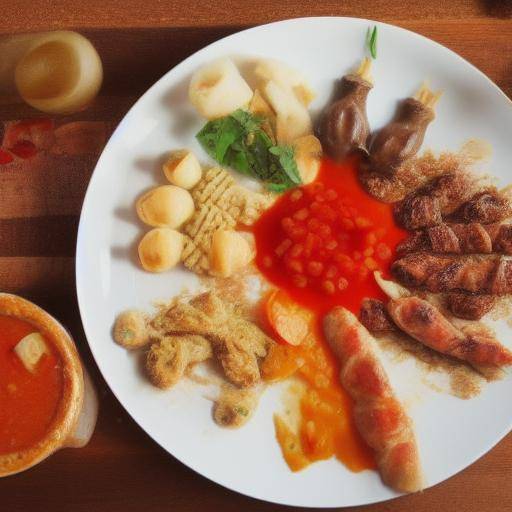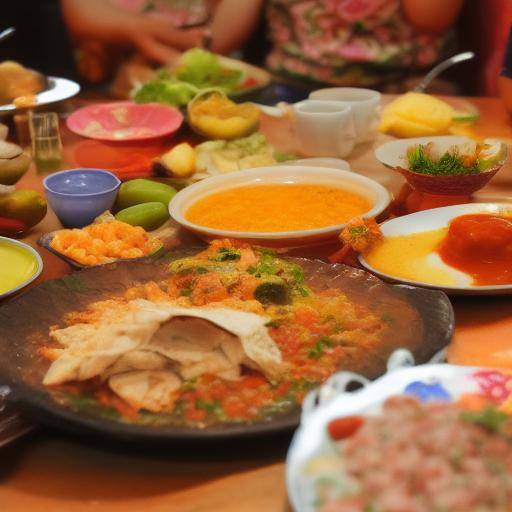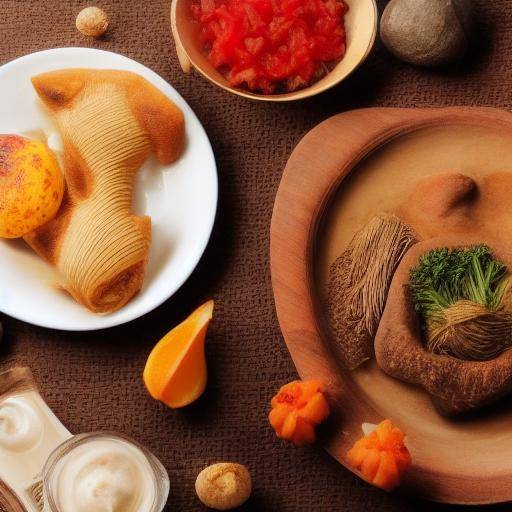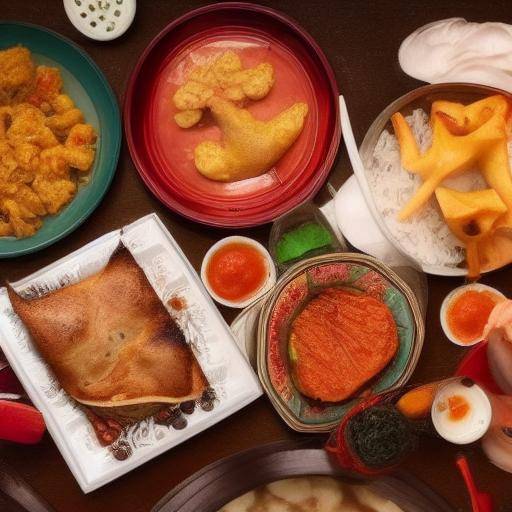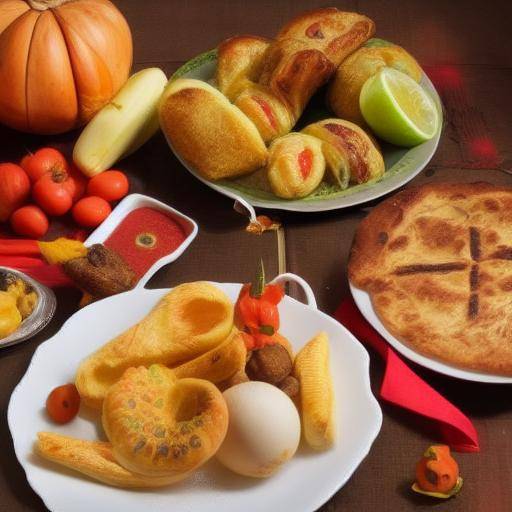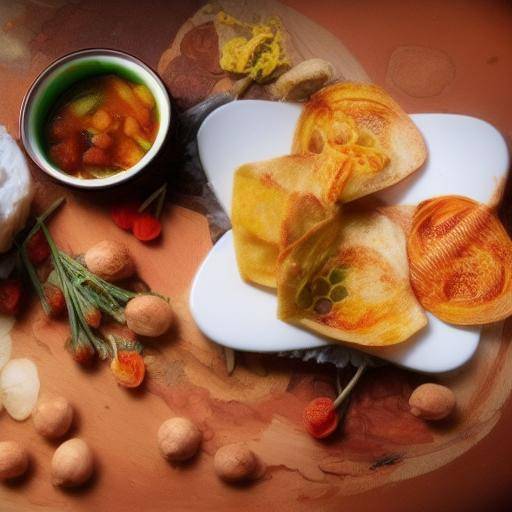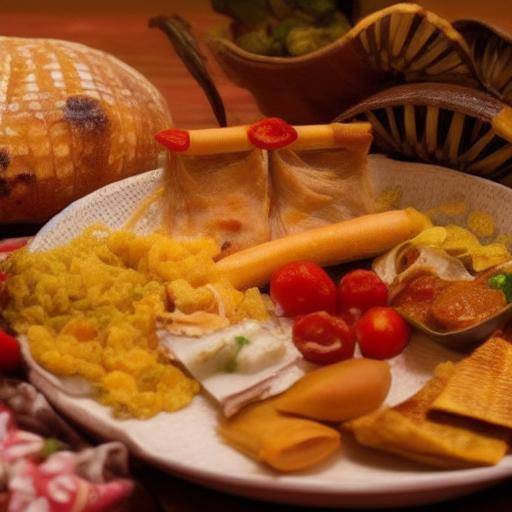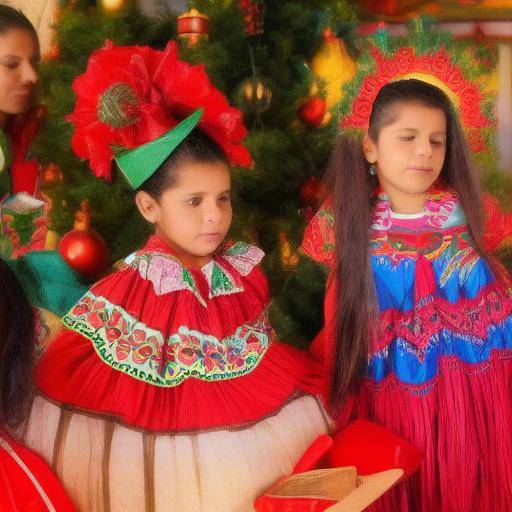
Mexican culture is recognized worldwide for its rich culinary heritage, which has been maintained and evolved over the centuries. The culinary traditions in Mexico not only represent a form of food, but also reflect the identity, history and creativity of its people. In this article, we will explore in depth the culinary traditions rooted in Mexican culture, from its historical origins to current trends. We will also discuss the relationship between food and Mexican culture and provide practical advice, expert information and future predictions related to this exciting issue.
Introduction
With a gastronomic legacy dating from pre-Columbian civilizations such as Aztecs and Mayas, culinary traditions in Mexican culture have lasted for centuries. Since the introduction of corn, beans, chocolate and chili by ancient indigenous cultures to the influence of Spanish colonization and contemporary innovations, Mexican cuisine has become a unique fusion of flavors, techniques and rituals. Throughout this article, we will explore the fundamental pillars that have shaped this rich culinary heritage and how it continues to be an integral part of Mexican identity.
History and Background
The history of culinary traditions in Mexico is a history of convergence of multiple cultures and historical periods. Pre-Columbian civilizations, with their advanced agricultural knowledge, left a lasting legacy in Mexican gastronomy by introducing fundamental ingredients such as corn, beans, cocoa, avocado and chiles. These foods not only became the basis of the indigenous diet, but also influenced global cuisine.
With the arrival of the Spaniards in the 16th century, there was a fusion of culinary ingredients and techniques. The introduction of beef, pork and chicken, as well as wheat, rice and various condiments, further enriched the culinary acquis of the country. This fusion gave rise to emblematic dishes such as mole, tamales and wellle, which combined indigenous ingredients with European influences.
In the twentieth century, Mexican cuisine experienced a culinary revolution with the spread of its flavors and techniques globally. Contemporary Mexican cuisine is characterized by its regional diversity, the use of aromatic herbs, the sophistication of its sauces and the creativity in the presentation of its dishes. Today, Mexican cuisine has been recognized as an Intangible Cultural Heritage of Humanity by UNESCO, reflecting its historical and cultural importance worldwide.
Analysis in Deep
Culinary traditions in Mexican culture are not only an expression of identity, but also have significant economic and social benefits. Gastronomic tourism has experienced a boom in Mexico, attracting visitors from around the world who want to experience the authenticity and diversity of Mexican cuisine in their place of origin. This demand has created employment and entrepreneurship opportunities in the gastronomic sector, promoting economic growth and the preservation of local culinary traditions.
However, the preservation of culinary traditions also faces challenges in the modern era. The emergence of fast food and the globalization of eating habits raise concerns about the loss of authenticity and diversity in the Mexican diet. The industrialization and marketing of food has led to a decline in home-made preparation of traditional dishes, which poses a threat to the intergenerational transmission of recipes and culinary techniques.
Despite these challenges, culinary traditions in Mexican culture continue to evolve to adapt to social and cultural changes. The adoption of sustainable practices, the strengthening of organic agriculture and the promotion of healthy food have emerged as important trends in contemporary Mexican cuisine. This evolution demonstrates the ability of Mexican culture to preserve its culinary heritage while adapting to the demands and needs of the current world.
Comprehensive review
Mexican cuisine not only consists of food preparation, but also acts as a channel for artistic expression, celebrations and the transmission of cultural values. Culinary traditions are intertwined with important events such as homelands, religious rituals and family celebrations, creating an environment conducive to the coexistence and strengthening of community ties.
The regional diversity of Mexican cuisine is another fundamental aspect that enriches its culinary heritage. Each region of Mexico has its own culinary specialties and techniques that reflect biodiversity, climate and local history. From the smoked flavours of the northern cuisine to the complex moles of the center and south of the country, Mexican cuisine is a mosaic of influences and ingredients that give rise to an extraordinary variety of dishes.
In addition, culinary traditions in Mexican culture have transcended national borders and become a symbol of identity for the Mexican diaspora abroad. The diffusion of Mexican restaurants, the popularity of renowned chefs and the export of indigenous products have contributed to the global projection of Mexican cuisine, consolidating it as one of the most appreciated internationally.
Comparative analysis
By comparing culinary traditions in Mexican culture with other cuisines in the world, it is evident its uniqueness in the incorporation of indigenous ingredients, the complexity of its culinary techniques and the depth of its associated rituals. The combination of spicy, sweet and acid flavors, as well as the use of aromatic herbs and spices, distinguishes Mexican cuisine as one of the most distinctive and appreciated globally.
In contrast, Mexican culture shares similarities with other Latin American culinary traditions in terms of the importance of the family, festivities and the fusion of indigenous and European influences. The presence of emblematic dishes such as ceviche, roasting and chicken rice in different Latin American countries reflects the shared influence of history and geography in food processing.
Practical Tips and Recommendations
Exploring Mexican cuisine not only involves enjoying its exquisite flavors, but also understanding the importance of its culinary traditions. Here are some practical tips to appreciate and preserve this invaluable heritage:
- Experience with native ingredients: Try ingredients such as nopal, huauzontle, holy leaf and huitlacoche to discover new flavors and textures.
- Support local markets: Visit traditional markets to buy fresh ingredients and meet local producers.
- Participate in culinary festivals: Assist regional gastronomic festivals to learn about culinary traditions and enjoy a wide variety of authentic dishes.
- Home cooking: Learn to prepare traditional Mexican dishes by following family recipes or participating in cooking classes.
- Explore regional diversity: Familiarize yourself with the specialities of different regions of Mexico to broaden your culinary horizon and understand the influence of the environment in gastronomy.
Industry and Expert Reviews
To understand in depth the impact of culinary traditions on Mexican culture, it is essential to listen to the opinions and analysis of experts in the gastronomic field. Then we will explore the perspectives of renowned chefs, experts in gastronomic tourism and academics who have contributed significantly to the study and promotion of Mexican cuisine.
Case Studies and Real Life Applications
To illustrate the practical relevance of culinary traditions in Mexican culture, we will present exemplary cases that demonstrate how these traditions impact the daily life, economy and identity of communities.
- Kitchen of Family Heritage: Ana, a Mexican chef, has kept her family's culinary tradition alive through her restaurant, where she serves home dishes she learned from her grandmother. His focus on the authenticity and quality of the ingredients has attracted local and foreign eaters.
- Promotion of Indigenous Ingredients: Martin, a culinary activist, has led campaigns to promote the consumption of indigenous ingredients and support local producers. His work has contributed to the preservation of the diversity of ingredients in Mexican cuisine.
- Sustainable Culinary Innovation: Javier, a chef specializing in regional cuisine, has developed a creative approach to using local ingredients in a sustainable way, promoting responsible practices in the gastronomic industry.
Future Trends and Predictions
Looking forward, it is expected that the culinary traditions in Mexican culture will continue to evolve and adapt to changing demands. Some emerging trends and predictions include:
- Increased emphasis on sustainability and organic agriculture.
- Incorporation of innovative culinary technologies that preserve the authenticity of traditional dishes.
- Expansion of the supply of Mexican regional dishes in international markets.
- Continuation of gastronomic tourism as a key factor for the promotion of Mexican cuisine.
Conclusion
The culinary traditions in Mexican culture represent a fundamental pillar that has enriched Mexico's identity and heritage over the centuries. From the influence of pre-Columbian civilizations to its global projection today, Mexican cuisine remains a source of pride, creativity and promotion of the nation's cultural heritage.
We hope that this article has provided a profound and enriching view of culinary traditions in Mexican culture. In appreciating and preserving these traditions, we contribute to the gastronomic legacy that continues to captivate and delight people from all over the world.
Frequently asked questions
What are some emblematic dishes of Mexican cuisine that reflect their rich culinary heritage?
The Mexican cuisine has a wide range of emblematic dishes, including the village mole, the tamales, the well, the chili in nogada, the guacamole, the tacos al pastor and the ceviche, among others. These dishes reflect the diversity, creativity and deep connection with the history and culinary tradition of Mexico.
How can I learn to cook traditional Mexican dishes at home?
There are many resources available to learn how to cook traditional Mexican dishes, such as cooking books, online tutorial videos, cooking classes provided by local chefs, and recipes shared by culinary experts. In addition, traveling to Mexico and participating in cooking classes with local chefs can provide a unique practical experience.
What is the importance of the Mexican diet in healthy eating?
The traditional Mexican diet is based on fresh ingredients, plant diversity, whole grains and lean proteins, making it a healthy choice. The use of aromatic herbs and natural spices also brings health benefits. However, it is important to moderately consume the saucers with high fat or sugar content.
How has globalization impacted on the culinary traditions of Mexico?
Globalization has brought with it the diffusion of ingredients, culinary techniques and Mexican dishes internationally, which has increased the visibility and recognition of Mexican cuisine in the world. However, it has also generated concerns about the authenticity and preservation of local culinary traditions, as well as the influence of fast food and industrialized eating habits.
What are the culinary differences between the regions of Mexico?
The culinary differences between the regions of Mexico are significant and reflect the country's geographical, climate and cultural diversity. For example, coastal areas offer a wide range of seafood and fish, while mountainous regions are known for their dishes based on red meats and native vegetables. The diversity of ingredients and culinary techniques varies significantly from region to region.
What role does food play in the festivities and rituals of Mexican culture?
Food plays a central role in the festivities and rituals of Mexican culture, as it represents a link between the community, tradition and celebration. Specific dishes are often associated with festivities such as Day of the Dead, Christmas, weddings and other important events. These dishes reflect the cultural identity and customs that are rooted in the daily lives of Mexicans.
With these frequent questions, we hope to have addressed common concerns about culinary traditions in Mexican culture and have provided a deeper understanding of the importance and influence of Mexican cuisine on the global gastronomic landscape.
Throughout this article, we have explored the culinary traditions rooted in Mexican culture and its influence locally and internationally. From the history and evolution of Mexican cuisine to future trends and practical advice, we have addressed key aspects related to this exciting issue.
We hope that this dive into culinary traditions in Mexican culture has been both educational and inspiring. By appreciating and celebrating the wealth of Mexico's culinary heritage, we contribute to preserving a fundamental part of its identity and cultural legacy.
Remember that by exploring and enjoying Mexican cuisine, you also participate in the preservation and dissemination of these valuable culinary traditions for future generations. Enjoy the Mexican cuisine!



